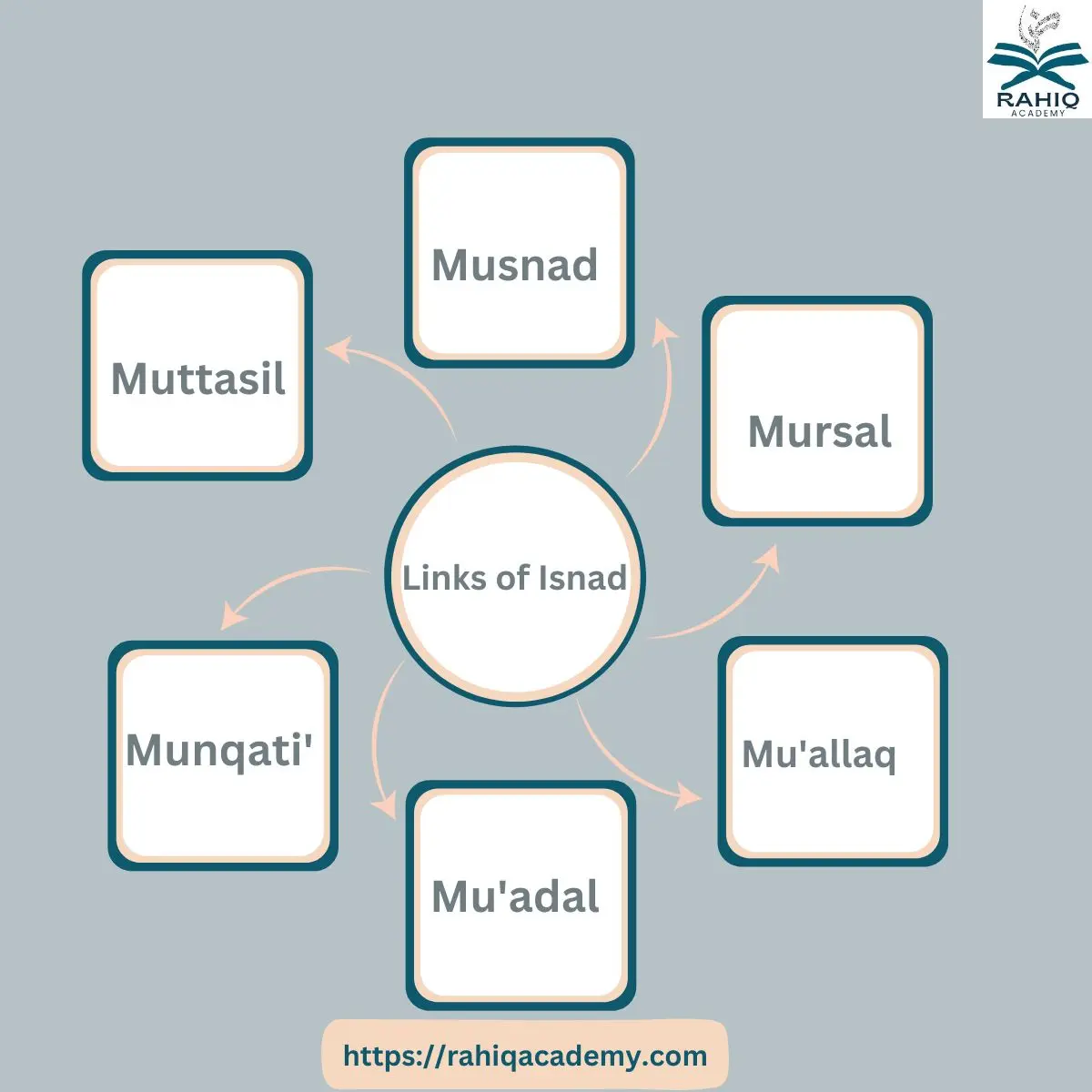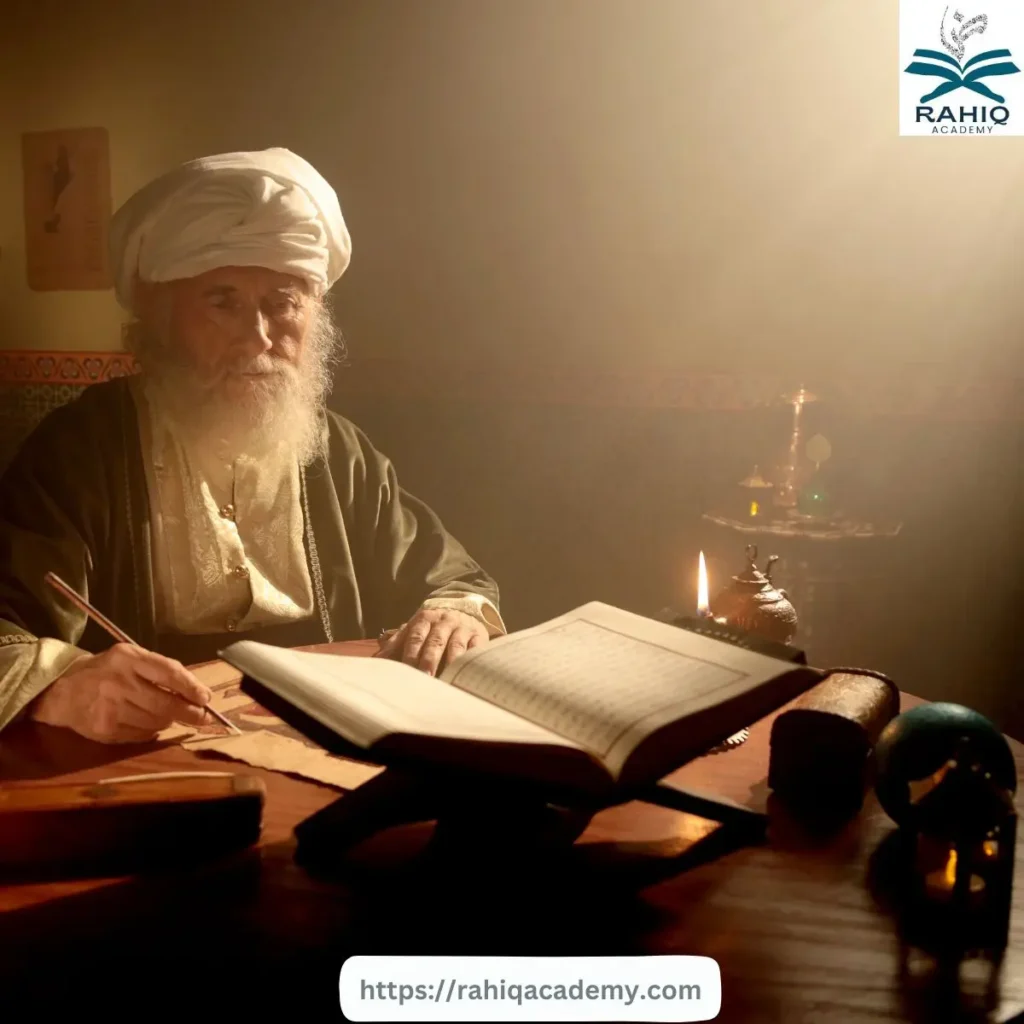The classification of Hadith, the sayings and actions of Prophet Muhammad (PBUH), is a fundamental aspect of Islamic scholarship. Hadiths are essential for understanding Islamic law and theology. The science of Hadith classification, known as ‘Ilm al-Hadith, involves rigorous methodologies to assess the authenticity of Hadiths. Scholars evaluate Hadiths based on their chain of transmission (isnad) and the content (matn).
In this article we will Talk about Classification of Hadith and its types
Further distinctions include classifications based on the number of transmitters and their reliability, such as Mutawatir (reported by many reliable sources) and Ahad (reported by few).
Importance of Hadith
Hadiths hold significant importance in Islam as they complement and provide context to the Quran. Quran being concise often gives general instructions, leaving Hadiths to elaborate on the specifics. For instance, while Quran commands Muslims to pray, it is through Hadiths that the method of prayer is detailed.
Similarly, Hadiths clarify various aspects of worship, legal rulings, and daily conduct, ensuring Muslims can follow the teachings of Prophet Muhammad (PBUH) accurately. They are essential for understanding and implementing Islamic principles comprehensively.
Composition of Hadith
The composition of Hadith involves the meticulous process of documenting and compiling the sayings and actions of Prophet Muhammad (PBUH). Initially, Hadiths were transmitted orally, which led to variations and the introduction of fabricated Hadiths. The formal recording of Hadith began in the 1st and 2nd centuries A.H., with scholars developing rigorous methodologies to ensure their authenticity.
Causes of Fabrication
Political Conflicts
The political upheaval and divisions during the caliphates of Uthman and Ali led to the deliberate fabrication of Hadiths to support various factions and political agendas.
Sectarian Bias
Different Islamic sects created Hadiths to validate their own beliefs and practices, further complicating the authenticity of Hadith literature.
Piety and Devotion
Some individuals fabricated Hadiths to encourage piety and religious observance among Muslims, albeit with good intentions.
Economic and Social Gain
Fabricators often aimed to gain favor with rulers or to attract followers and support by fabricating Hadiths that aligned with popular beliefs or the desires of the powerful.
Scholarly Response
Recognizing the threat posed by fabricated Hadiths, Islamic scholars established stringent criteria for verifying the authenticity of Hadiths. This included examining the chain of narrators (isnad) and the content (matn) of each Hadith. Efforts were made to preserve genuine Hadiths and discard the fabrications, a task that remains crucial for Islamic scholarship today.
Categorization of Hadith
Hadiths are categorized based on various criteria to ensure their authenticity and reliability. These categories help scholars and Muslims understand and implement Islamic teachings accurately. The main categorizations include:
According to Reference to a Particular Authority

- Qudsi: Divine Hadiths directly from Allah.
- Marfu’:Elevated, directly from the Prophet.
- Mauquf: Stopped, sayings of the companions.
- Maqtu’: Severed, sayings of the followers of companions.
According to the Links of Isnad (Sequence of Reporters)

- Musnad: Supported by a known companion.
- Muttasil: Continuous, uninterrupted chain.
- Mursal: Hurried, missing companions in the chain.
- Munqati’: Broken, missing one or more narrators.
- Mu’adal: Perplexing, missing two or more consecutive narrators.
- Mu’allaq: Hanging, missing initial narrators.
According to the Number of Reporters
- Mutawatir: Consecutive, reported by many.
- Ahad: Isolated, reported by few.
Sub-types of Ahad
- Mash’hur: Famous, reported by more than two.
- Aziz: Rare yet strong, reported by two.
- Gharib: Strange, reported by one.
According to Nature of Matn and Isnad
- Munkar:Denounced, contradicts authentic Hadiths.
- Mudraj: Interpolated, with added words.
According to Authenticity of Correspondents
- Sahih: Sound, reliable narrators.
- Hasan:Good, reliable but with minor weaknesses.
- Da’if: Weak, unreliable narrators or chain.
- Maudu’: Fabricated, not authentic.
Al-Hadeeth As-Saheeh
Al-Hadeeth As-Saheeh (sound) is one that meets several stringent criteria ensuring its authenticity. These criteria include:
- Continuous Isnad: An uninterrupted chain of reliable narrators.
- Trustworthy Narrators: Narrators must be known for their integrity and precise memory.
- Consistency:The Hadith must not contradict more authentic narrations.
- Absence of Faults: There must be no hidden defects affecting the reliability.
Hadith Saheeh are critical for Islamic jurisprudence and theology as they provide a verified account of the Prophet’s teachings.
Al-Hadeeth Al-Hasan
Al-Hadeeth Al-Hasan (good) meets most criteria of a Sahih (sound) Hadith but with slightly less rigorous standards in terms of the narrators’ precision. Hasan Hadiths are still considered reliable and can be used for deriving rulings and understanding Islamic practices. Scholars accept Hasan Hadiths as evidence, particularly when Sahih Hadiths are not available on a given topic.
Al-Hadeeth Ad-Da’eef (weak Hadeeth)
Al-Hadeeth Ad-Da’eef (weak Hadeeth) is one that does not meet the stringent criteria of authenticity applied to Sahih or Hasan Hadiths. The chain of narrators (isnad) may be broken, or the narrators themselves may lack reliability or precision.
Scholars generally avoid using weak Hadiths for establishing rulings but may consider them for encouraging good deeds, provided the weakness is not severe, the deed is already supported by other evidence, and it does not contradict sound Hadiths. This cautious approach ensures that weak Hadiths do not form the basis for obligatory or recommended acts without additional support from stronger Hadiths.
Al-Hadeeth Al-Mursal
Al-Hadeeth Al-Mursal refers to a Hadith narrated by a Taabi’i (a successor to the companions of the Prophet) directly from the Prophet Muhammad (PBUH), omitting the companion in the chain of transmission. This type of Hadith is considered weak by many scholars because the missing link could affect its reliability.
However, some scholars accept Mursal Hadiths if the Taabi’i is known to have been trustworthy and reliable. This nuanced approach underscores the importance of scrutinizing the chain of narrators to ensure authenticity.
FAQ
Q:What is the Quran and Hadith Course?
A:Quran and Hadith course provides a structured way to study the Quran along with the sayings and actions of Prophet Muhammad ﷺ, which are found in the Hadith.
Q:How Is Hadith Different from the Quran?
A:While both the Quran and Hadith are essential in Islam, Quran is the primary source of Islamic guidance, while Hadith complement it by offering practical examples and detailed explanations.
Q:Why Do We Study Hadith?
A:Studying Hadith is important for several reasons:
- Understanding the Quran
- Guidance in Daily Life:
- Learning from the Prophet’s Example
- Source for Islamic Law
Q:Who Wrote the Hadiths?
A:The sayings and actions of the Prophet Muhammad ﷺ were initially memorized and transmitted by his companions. Later, scholars collected and compiled these narrations into books.
Conclusion
For those interested in deepening their knowledge of Hadith, Rahiq Academy offers comprehensive online Hadith courses that cover the various aspects of Hadith study. These courses are designed to provide students with a thorough understanding of Hadith literature and the methodologies used to classify and authenticate Hadiths.




